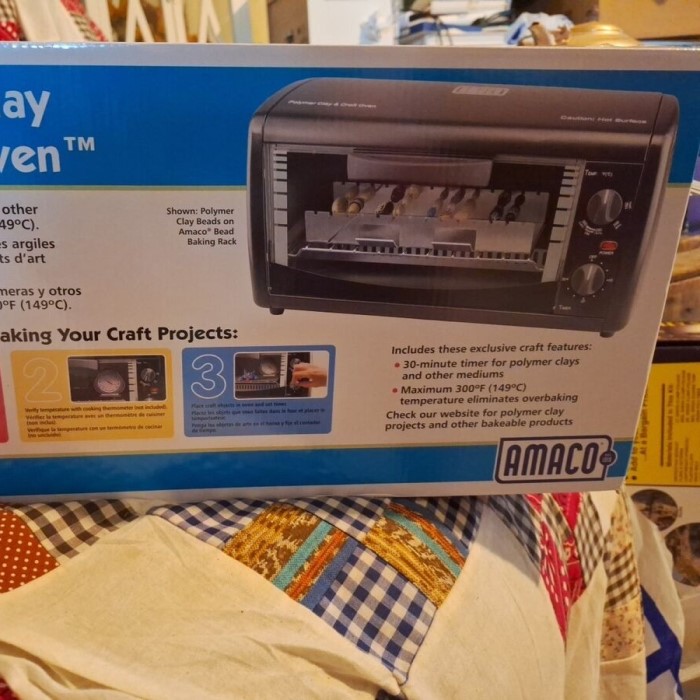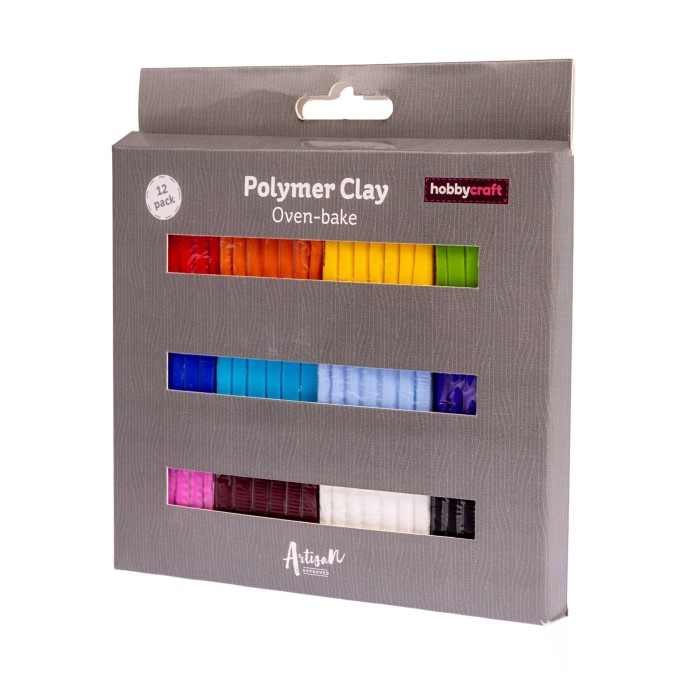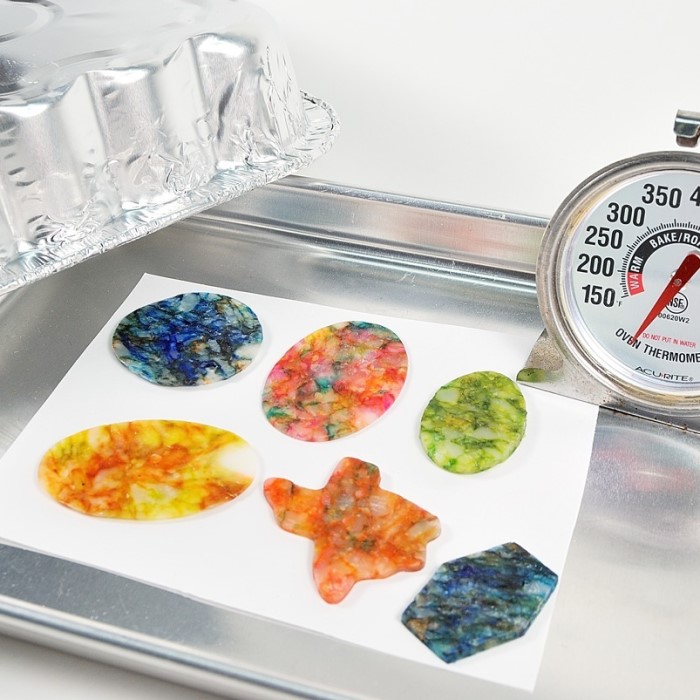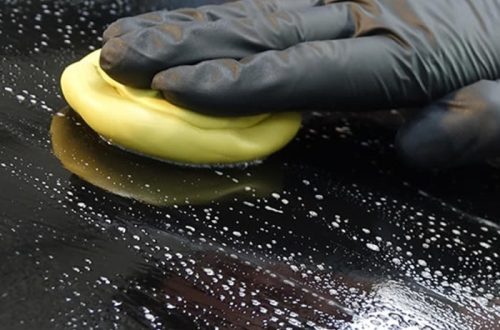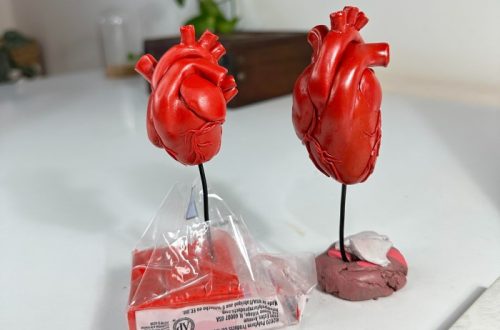Introduction: The Importance of Proper Baking Temperature for Polymer Clay
Polymer clay is a versatile and popular medium used by artists, crafters, and hobbyists alike. Ranging from intricate jewelry to whimsical figurines, the possibilities of what you can create are virtually limitless. However, a question that returns frequently among beginners and seasoned crafters is, what temperature to bake polymer clay? This question is not purely academic; it has real implications for the durability, texture, and finish of your creations.
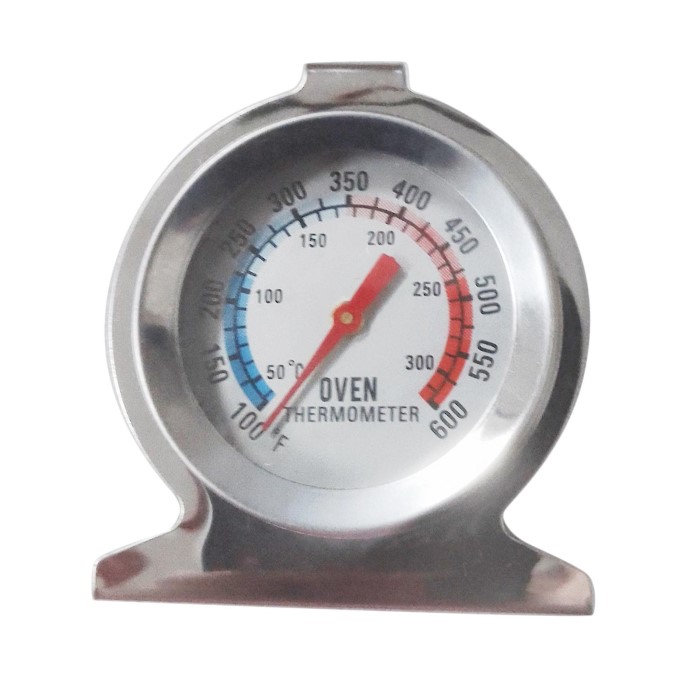
Baking polymer clay at the correct temperature, which typically falls between 265°F to 275°F (approximately 129°C to 135°C), is crucial for several reasons. If the clay is baked at too low a temperature, it may not harden properly. Conversely, baking at too high a temperature can lead to burning or melting, ruining your artistic efforts. In this article, we will explore the science behind baking polymer clay, the specific temperature guidelines, and the essential techniques that can ensure your projects come out perfectly every time.
Understanding Polymer Clay: What Is It?
The Composition of Polymer Clay
Before we dive into the specifics of what temperature is best for baking polymer clay, it’s helpful to understand the composition of this unique medium. Polymer clay is primarily made from polyvinyl chloride (PVC) and other additives that enhance its flexibility and working properties. It stays pliable until it is cured in the oven.
Different brands of polymer clay, such as Sculpey, Fimo, and Cernit, may offer variations in texture, color, and finish. Because each brand may have its specific formulations, it’s essential to consult the instructions provided with your chosen clay for any specific temperature guidelines.
Why Baking Is Necessary
Baking polymer clay serves several essential purposes:
- Curing the Material: Baking transforms the soft, pliable clay into a solid, durable medium. This chemical reaction occurs at a designated heat level, allowing the polymer chains to bond and set.
- Ensuring Long-lasting Shapes: Proper baking solidifies the shape you have created, ensuring that it won’t deform over time. Lifted or misshaped projects are common issues when improper baking techniques are employed.
- Creating a Variety of Finishes: Depending on the type of polymer clay and the baking techniques used, you can achieve various finishes, from matte to glossy.
As you can see, the importance of baking cannot be underestimated, and understanding what temperature to bake polymer clay is a key aspect of this process.
What Temperature to Bake Polymer Clay?
Recommended Baking Temperature
The general guideline for what temperature to bake polymer clay sits between 265°F and 275°F (approximately 129°C to 135°C). This range ensures optimal curing. However, always check the brand you are using, as some might have special recommendations:
- Fimo: Typically recommends a baking temperature of 230°F (110°C).
- Sculpey: Generally suggests 275°F (135°C).
- Cernit: Often advises higher temps of about 300°F (150°C), particularly for high-quality results.
These variances underscore the importance of referencing the manufacturer’s instructions for your specific clay type.
Factors to Consider When Baking
Several factors can influence how well your polymer clay bakes:
Thickness of the Project
When working with polymer clay, the thickness of your creations plays a crucial role in determining appropriate baking times.
- Longer Baking for Thicker Pieces: Thicker items typically retain heat longer and may require additional time in the oven to ensure even curing throughout the entire piece. For instance, a large sculpture may take significantly longer to bake than smaller, flatter items like beads or charms.
- Consider Structural Stability: It’s important to ensure that thicker pieces are adequately supported during the baking process. Without proper support, they might become deformed as they heat up.
- Monitoring Bake Time: For thicker projects, always keep a close eye on the baking times. Setting a timer and checking on your piece periodically will help prevent overbaking or burning.
- Individual Characteristics: Different types of projects, such as figurines with intricate features versus solid shapes, will also impact how the thickness influences baking times. Adjust your timing based on the complexity of your specific project.
Oven Calibration
Ovens can greatly vary in terms of their actual temperature despite what is displayed on the dial.
- Temperature Discrepancies: Many home ovens can be off by several degrees from the temperature settings, which can lead to inconsistent baking results. Therefore, relying solely on your oven’s built-in temperature gauge is not advisable.
- Utilizing an Oven Thermometer: It is strongly recommended to use an oven thermometer to verify that the temperature inside matches what you have set it to. This will provide an accurate reading and help ensure even baking.
- Adjusting baking times: Once you establish your oven’s true temperature, adjust your baking times as necessary. If your oven runs hot, you may need to shorten the shaping time to prevent burning.
- Regular Calibration: Make it a practice to check your oven’s temperature calibration periodically, especially before taking on new polymer clay projects. This can help mitigate unexpected issues later on.
Clay Type
The brand and type of polymer clay you are using significantly affect how it cures.
- Diverse Formulations: Different manufacturers often have unique formulations for their polymer clay products. These variations can impact the temperature and time required for proper curing.
- Curing Behavior Variations: Some brands may require higher or lower temperatures, or even different baking times, which underscores the importance of adhering strictly to their specific baking instructions.
- Reading Labels: Always review the packaging for each type of clay you are using. Look for instructions regarding the ideal baking temperature, times, and any special notes the manufacturer might include.
- Experimenting with Different Brands: If you’re experimenting with a new brand, it can be beneficial to bake test pieces first to familiarize yourself with their specific needs and idiosyncrasies.
Ambient Temperature
The environment in which you are working can also influence how well polymer clay cures during the baking process.
- Impact of Workspace Temperature: The overall temperature of your workspace can affect the state of the clay before baking. For instance, working in a colder area may make the clay less malleable and more difficult to shape, while a warm environment might make it too soft.
- Effects on Curing: Ambient temperatures can also impact the curing process itself. In extremely cold conditions, the clay may not cure correctly, while high temperatures could lead to uneven curing or burning.
- Adapt Your Techniques: Be prepared to adapt your methods based on your workspace conditions. If you’re in a particularly hot area, you may want to use the clay more quickly to prevent it from becoming too soft.
- Adjust as Necessary: If you live in a region with extreme seasonal temperatures, you might consider investing in heating or cooling options within your workspace to maintain consistent conditions that are favorable for baking polymer clay.
Tips for Baking Polymer Clay Successfully
Preparing Your Project for Baking
Before you send your clay project into the oven, make sure you prepare it correctly:
- Use a Clean Baking Surface: Line a baking tray with parchment paper or aluminum foil to prevent direct contact with the oven heating element. This helps distribute heat evenly.
- Construct a Secure Base: If your item has small or delicate parts, ensure they can support themselves properly. This may require additional materials for stability.
- Avoid Mixing Brands: If you’re using multiple types or brands of polymer clay, avoid mixing them unless you are sure they have compatible baking properties.
Baking Techniques
- Follow Recommendations Closely: As mentioned earlier, always adhere to the manufacturer’s guidelines specific to your clay type.
- Time Management: Use a timer to keep track of baking time. Each clay type will have a specific duration, typically ranging from 15 to 30 minutes, depending on thickness.
- Gradual Cooling: Allow the clay to cool slowly to room temperature before handling. Rapid cooling can lead to cracking or deformation.
What to Avoid When Baking Polymer Clay
Overbaking
One of the most pressing concerns when working with polymer clay is the risk of overbaking, which can destroy your creation. Overbaking may lead to darkening, cracking, or complete destruction of your piece. To avoid this, follow recommended times closely, and keep a watchful eye on your project, particularly toward the end of the baking cycle.
If you notice that your polymer clay has turned brown or black after baking, it indicates overbaking, and unfortunately, there is no viable recovery option. Knowing exactly what temperature to bake polymer clay can mitigate the likelihood of this occurring.
Uneven Baking
Another concern is uneven baking, which can result from poorly calibrated ovens or improper placement in the oven. Always bake items spaced out properly on the tray. If you are using a convection oven, consider using lower temperatures, as they cook more evenly and can help reduce risk.
Frequently Asked Questions
Can you overbake polymer clay?
Yes, overbaking polymer clay is possible and can result in irreversible damage, such as burning or losing color. Always adhere to the recommended temperature and time guidelines.
How do I know when my polymer clay is fully baked?
Polymer clay is done curing when it feels firm to the touch and does not yield to pressure. You can confidently verify it was baked by referring to the time recommended on the packaging.
Why is my polymer clay not hardening in the oven?
If polymer clay is not hardening, it may mean that your oven did not reach the correct temperature. Always check that your oven functions properly. In some instances, insufficient baking time can also inhibit proper hardening.
The Importance of Understanding Candle Chemistry
Real-World Applications
Understanding how the act of baking polymer clay embodies a chemical change is crucial not just for educational purposes, but also for real-world applications. For example, knowledge of the baking process can lead to better crafting outcomes and fuel advanced artistic endeavors.
Having a firm understanding of the curing process extends beyond the personal benefits of crafting. Future artists, designers, and hobbyists can channel their knowledge into various fields, including fashion design, jewelry manufacturing, and toy crafting.
Enhancing Your Artistic Outcomes
When you follow recommended baking practices, you not only increase the quality of your finished pieces but also elevate your crafting experience as a whole. With a solid understanding of what temperature to bake polymer clay, you stand equipped to tackle more ambitious projects confidently!
In conclusion, knowing what temperature to bake polymer clay is foundational for achieving successful outcomes in your crafting adventures. By adhering to specific guidelines, understanding the science behind the clay, and utilizing effective techniques, you can ensure your creations are durable and visually appealing.
As crafting continues to trend in 2025 and beyond, having easy access to reliable information will empower aspiring artists to invest in their skills and creativity. Embrace the art of polymer clay and use these insights to enhance your work. Let this knowledge guide you as you pursue your next masterpiece, and always remember: with the right temperature and techniques, the possibilities are endless! Happy crafting!
